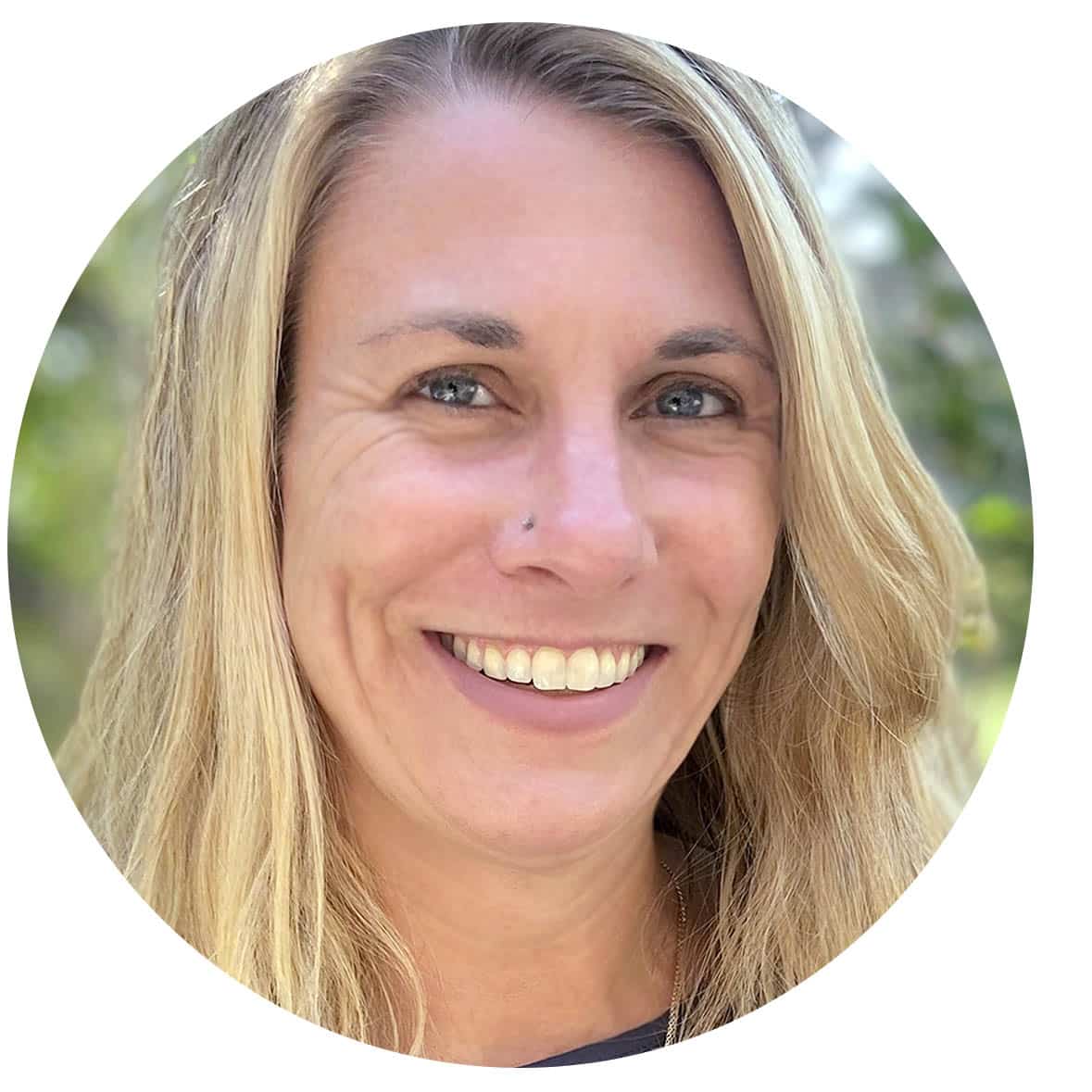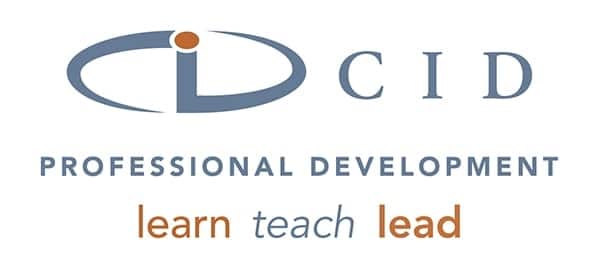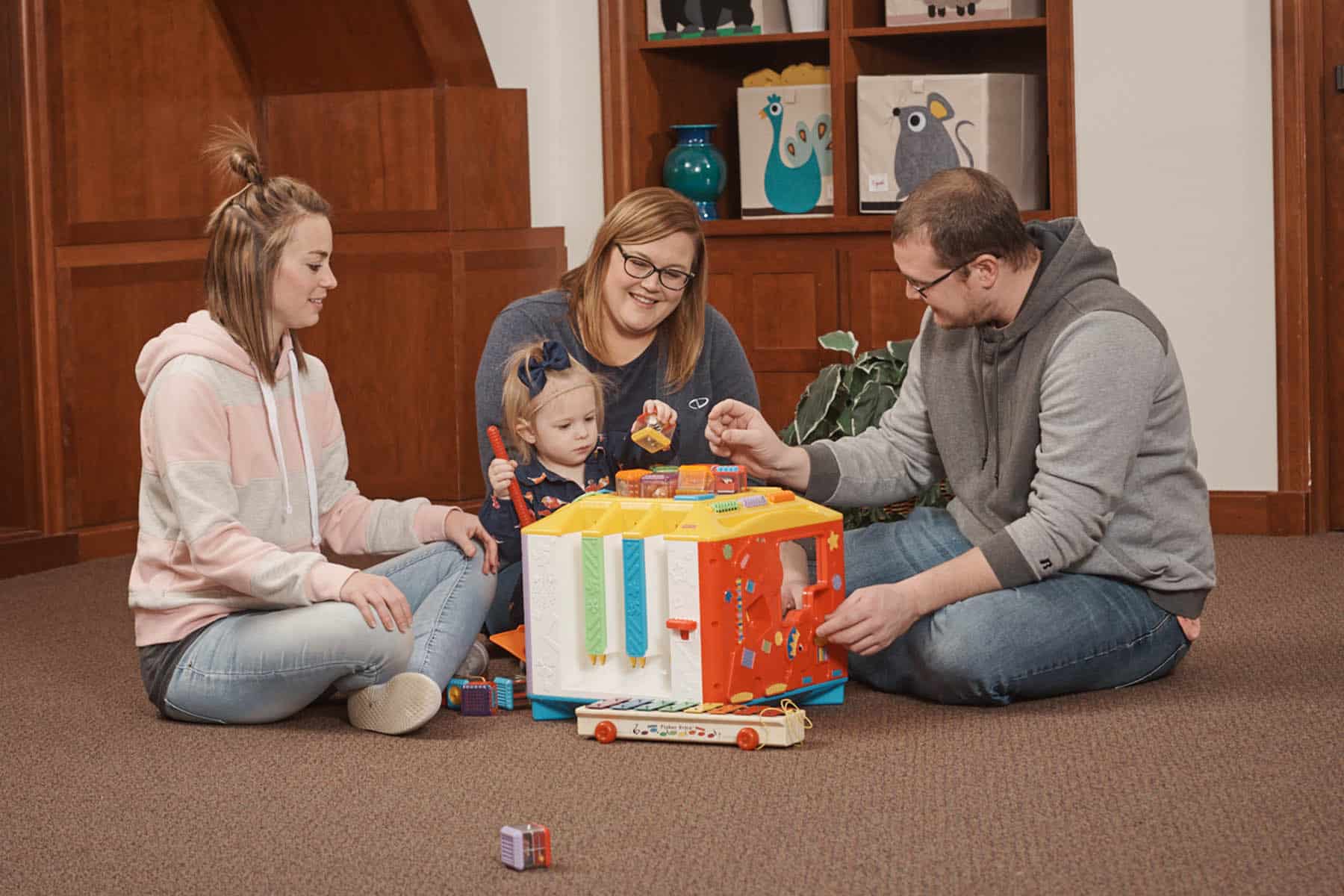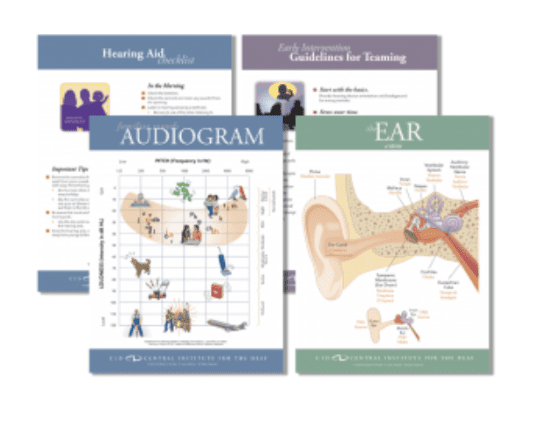“Give a man a fish and you feed him for a day. Teach a man to fish and you feed him for a lifetime.”
This old proverb comes to mind when describing the benefits of using a coaching model with adult learners, specifically within the field of early intervention.
Although early intervention has always been family-centered, in recent years the role of the provider has shifted. Previously, the provider led the session while the caregiver observed. Currently, it is often the caregiver who drives the session, with the provider observing and providing feedback or coaching.
Coaching is an evidence-based practice and adult learning strategy that promotes the learner’s ability to: choose an action step, carry out that action, reflect on the action and then determine next steps. When coaching is applied to early intervention, the hope is that parents will learn strategies to support their child’s development and feel empowered to use these strategies throughout their child’s day. In order for providers to become effective coaches, here are several basic principles they need to keep in mind:
- Build relationships. Invest time in getting to know the family. In order to provide the best services, it is important to know about the family’s culture, interests, concerns and values. Respect those values that may be different from your own. Relationships also need to extend beyond the family. Get to know the child’s other providers (ex: audiologist, occupational therapist, physical therapist, etc.) in order to support the whole child. To help with this, download a copy of CID’s free Guidelines for Teaming reference.
- Establish roles. Let the parent know their expected involvement in sessions from the get-go. Communicate your role as a coach, too. Establishing these roles up-front will lead to more productive sessions.
- Consider family needs and emotions. By observing a family and having open conversations, you will be able to determine where a family is in regards to having their needs met. Consider their basic needs (ex: food and shelter) as well as how they are coping with their child’s diagnosis.
- Consider caregivers’ knowledge and learning styles. Make sure that caregivers have the necessary knowledge about typical child development, speech, language and listening development and their child’s hearing loss (see CID’s free Domains of Knowledge handout). Understanding areas relevant to their child’s development will make the strategies used with their child more meaningful.
- Capitalize on daily routines. Help caregivers take advantage of their everyday activities to build their child’s listening and spoken language skills. Once a caregiver is successful with a technique during one activity, it will be easier for that strategy to be applied to other parts of the day. See our previous blog post for more information.
CID’s Early Listening at Home curriculum uses a coaching model. It contains several components (a manual, rating form and activities) that support early intervention providers who are working with families of infants and toddlers to develop listening and spoken language skills. Between this resource and the guidelines above, you’ll be on your way to becoming an effective early intervention coach in no time!
References
Friedman, M., Woods, J. & Salisbury, C. (2012). Caregiver coaching strategies for early intervention providers: Moving toward operational definitions. Infants and Young Children, 25(1), 62-82.
Manley, J., Odendahl, J. & Samson, M. (2019). Early Listening at Home. St. Louis, MO: Central Institute for the Deaf.

Jessica Klein is a speech-language pathologist. In addition to working at CID, she has worked in a public school setting, serving elementary-age students. Ms. Klein has co-authored several workshops, presented at a variety of professional conferences and written an online course about developing literacy skills in students who are deaf and hard of hearing. Most recently, she co-authored the SPICE for Life Second Edition auditory training curriculum.












